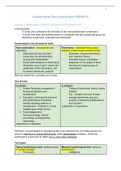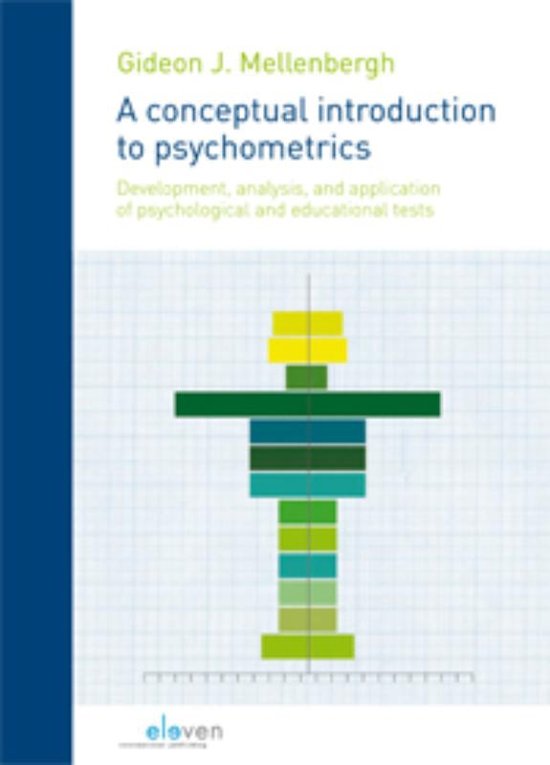Class notes
Lecture notes Test Construction (PSMM-6)
- Course
- Institution
- Book
Lecture notes (1-7) of the lectures given in the master course Test Construction at the university of Groningen. This course is part of the clinical psychology master (but also of other master studies as well).
[Show more]




